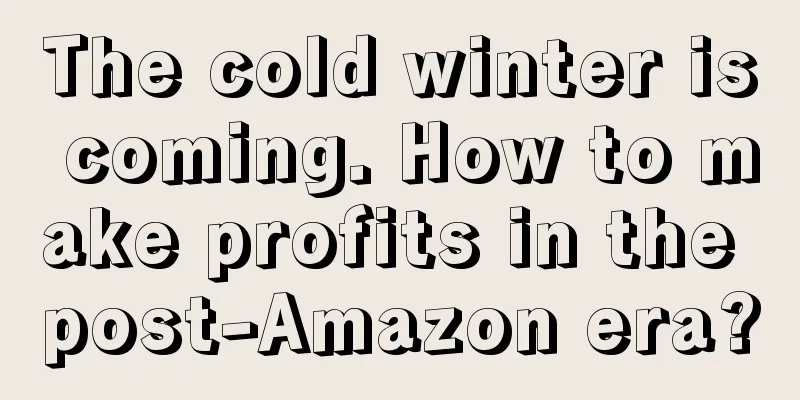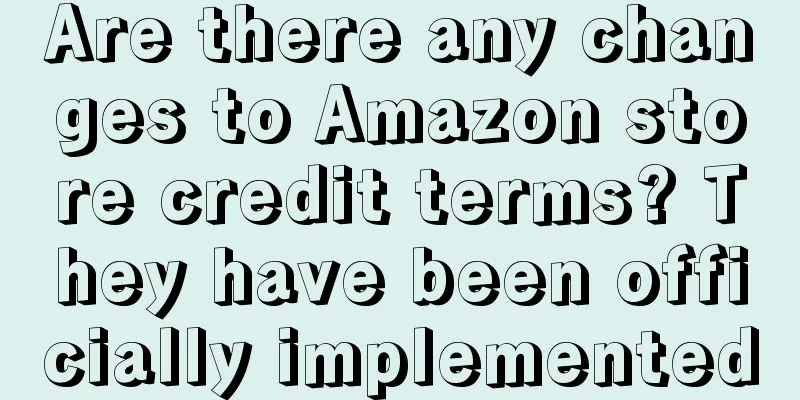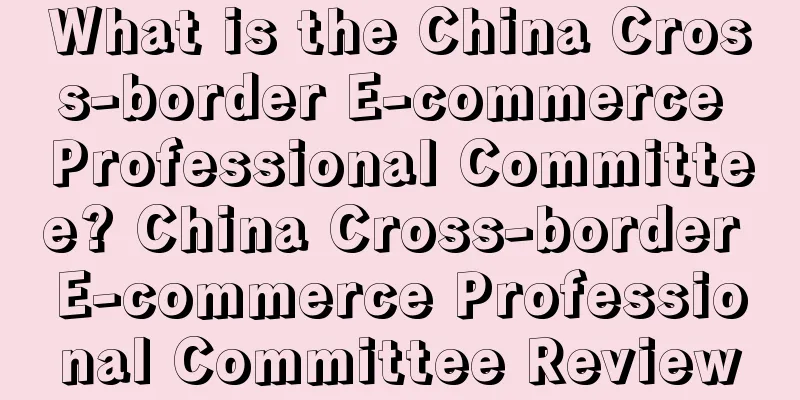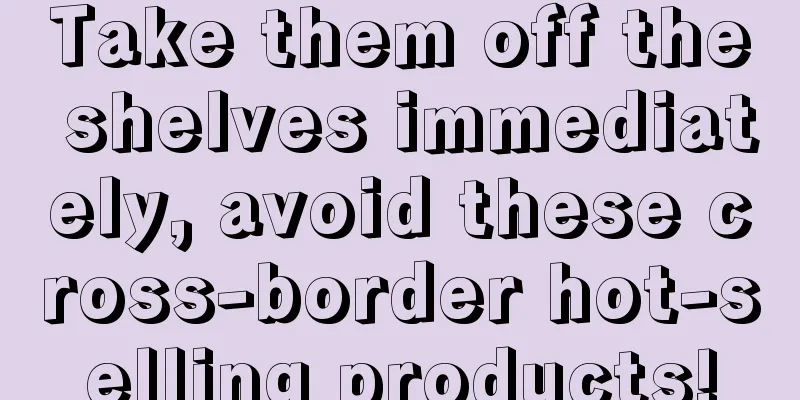The cold winter is coming. How to make profits in the post-Amazon era?

|
Recently, many articles that are pessimistic about Amazon have appeared. These articles can be widely circulated because people feel a little comforted after reading such articles, "It turns out that I am not the only one whose sales are not good." After clicking to share, they let out a long sigh and said, "It's time to find a new business." Unfortunately, I am not good at comforting people. I just want to tell you the indisputable fact: in the just-concluded Prime Day, there was a serious polarization among sellers. The big sellers had more orders than in previous years, while small sellers generally felt like they had just gone through a fake peak season and might as well go home and become civil servants. Of course, I am not just trying to hurt your heart. I want to tell you that Amazon also has the 80/20 rule. Amazon is not a charity. It will bring 80% of the traffic to the 20% of products that can bring the most sales to the platform. If you want to muddle through and rank tens of thousands of products, you will eventually be eliminated by the platform. Next, I will share with you some of the things Amazon is showing sellers after this big promotion. Cruel rules First Rule Pareto Principle 80% of the traffic will be allocated to the most capable 20% of products sold on the platform ▲The 80/20 rule: the most important part is only 20% Amazon is still a shopping website after all, and all of its designs are for a very clear purpose - to make browsing customers pay. Let me show you a set of data first "According to data from research firm Adobe Analytic, online sales on Black Friday in 2018 reached $6.22 billion, a year-on-year increase of 23.6%, setting a record high." Are you surprised when you see this set of data? “Amazon is so shameless, saying sales have set records every year.” It is not surprising to have such a feeling, but it is because Amazon, under the leadership of businessman Bezos, allocates 80% of the traffic to the best 20% of products on the platform. This year's aggressive traffic-boosting efforts even caught many veteran sellers. They had stocked up on large quantities of old products but failed to make it into the 20% category, and after the big promotional holidays, only inventory that had to pay long-term storage fees was left. This year's inconspicuous new products suddenly became a huge hit, and were suddenly out of stock across the board. After experiencing this peak season, Amazon sellers need to calm down and think carefully about how to squeeze into the 20% of products. Some people may be confused about how to locate that 20%. Let me give you an example and it will make it clear. For example, if your product category has 100,000 products, then you must squeeze into the top 20%, or 20,000, to get extra traffic during Amazon's peak season. If your product is between 30,000 and 50,000, you can still get peak season traffic, but the whole cake will be cut very little for you. If your product is more than 50,000 famous, then your feeling is what is the peak season? When is it? You have no idea at all. Many people are not optimistic about this situation, but I am quite the opposite. Under Amazon's diversion system, new products will have more opportunities. The growth curve of new products also meets the needs of Amazon's day one, and there are still a lot of opportunities for new sales and new products. However, the opportunity cost and trial and error cost are increasing, and we need to quickly deepen our overall understanding of the A9 algorithm. In addition, I would like to make a bold prediction here. Under the current situation this year, a large number of old sellers will withdraw from the market after the peak season at the end of 2019. Sellers who can hold on to the end will be more likely to reach the top 20%, and new sellers will also have a larger gap to survive. Rule 2 Running at low prices means working for Amazon Some people may wonder, if you can reach the top by holding on to the end, why do a large number of old sellers withdraw from the market after the peak season at the end of 2019? Let me explain to you this way. Most of the old sellers put products on the shelves at low prices, fake orders and evaluate various deals to increase sales, and then raise prices. In 2018, they found that the past days gave them a heavy slap in the face. After working so hard and even losing everything, they finally made it to the top. However , if they raise the price a little, the orders will decrease. If they raise the price again, the orders will be cut in half . This puts them in a dilemma. Raising the price means no orders, and not raising the price means a net loss. Old sellers are very tired and don’t know what to do. I have worked at Amazon for 6 years. Amazon has gone from being a hot company that could go viral as long as it launched a product to being a black technology . At first, there were a large number of SKUs, and a large number of salesmen were hired to open hundreds or thousands of accounts. Even though there were countless dead SKUs, the SKUs were too many, and the annual sales could exceed 100 million yuan with just a few orders. Therefore, a large number of companies that took advantage of this opportunity to raise funds were born. This year, many cross-border companies have been unable to complete their bets and even went to court. Some people lament that Amazon's bonus period has passed. Yes, it is true that the bonus period has passed, but I would like to add a qualification: the era of relying on massive SKUs to increase sales is over . In the past, cross-border companies wanted to grow big by simple and crude means. It didn’t cost much to list hundreds of thousands of SKUs, but they could get a good amount of orders. But now, it has become a mirage to expect stable orders without FBA. So these companies have also realized this and started to send FBA to products that have orders. Unfortunately, the subsequent control is insufficient. After sending FBA, they are either out of stock without knowing it or become dead stock. From the financial report disclosed by Jiazhilian, we can see that the loss of 40 million is due to the inventory turnover rate, and the increasing FBA fees have accelerated the loss. All signs show that the era of low prices and high volume is coming to an end. Whether you place an order or not has nothing to do with the platform, and Amazon will not reduce the fees it should charge. Therefore, for sellers who sell in large quantities at low prices, in the end, almost all of their profits are swallowed up by various Amazon fees.
You thought you were doing business. Actually, I work for Amazon. Rule 3 40% profit margin A small number of SKUs is required to be profitable
Let me share it first How do I set a new product price? Product cost (including basic production and domestic transportation costs + international logistics costs) x 2.3 and then divided by the exchange rate, Let me give you an example to make it easier for you to understand. The cost of a product is 50, and the international logistics fee is 80. Then put the formula The price of this product in the United States should be $42.71. Let me explain why this calculation is necessary. Many people don't know what fees Amazon charges. A simple list includes Amazon's fixed 15% commission, promotion fees (calculated at 10%), a 15% discount for participating in BD or LD, a 20% discount for Black Friday, Prime Day, and Cyber Monday events, FBA delivery and sorting fees, FBA daily storage fees, long-term storage fees, and return management fees that many people don't know about, etc. Isn’t it shocking? And these fees are rising year by year. Many sellers who set low profit margins have unknowingly had their hard-earned money transferred away by Amazon, and they have worked in vain all year round. At first glance at the formula, you would think that I doubled the profit by multiplying by 2.3. But in fact, I can responsibly tell you that the actual profit margin is only 30%. If you want to achieve a profit margin of 40%+, you need to control product production and logistics at all levels in the later stages. For example, if it is originally shipped by air, it can be changed to air delivery or sea delivery, or even slow ship delivery. In this way, the cost is reduced bit by bit, the profit of the product is getting higher and higher, and life is getting more and more comfortable. You can live a life where others lose tens of thousands of dollars when they calculate their activities, but you make a small profit and your ranking is boosted by a large margin. In addition to protecting the profit margin, I would also like to remind you to abandon the past route of massive SKUs and refine the production and operation of your products. You can imagine that if you want to ship goods by sea, your FBA inventory must reach at least 40 days of warning quantity, otherwise there is a risk of out of stock at any time. If you run out of stock, your traffic will drop precipitously. Even if the goods arrive by sea, the order volume will not be the same as before. If you still have thousands of SKUs, how many eyes do you have to watch these stocks? How much goods do you want to keep in FBA? Do you have to wait until you become rich and powerful before you quit Amazon? The reason why I am so confident is that it is the conclusion I have reached through long-term continuous practice and verification by myself and my students. Let me give you an extreme example. One of my students has implemented my refined thinking to the extreme. The entire store has only one product, 10 SKUs, but the monthly sales can reach 150,000 US dollars, the profit margin is very high, and the inventory score soars to 600 (the inventory turnover rate is very high, and there is no unsalable inventory) After two years of working for Amazon, he bought a house in the most expensive area of Suzhou . He lives a very comfortable life. Even if he makes a lot of money, he is still unwilling to add any products to this store. At most, he adds a variant every year to revitalize the product. The two shopping festivals a year are his carnival days. He earns hundreds of thousands a day. Do you envy such a life? Nowadays, if your previous methods no longer work, you can only watch your sales decline day by day, and you have a lot of FBA preparations for new products, but there is no movement for a long time. It’s not that Amazon is going to die, but that your thinking has reached its end , and it’s time to upgrade and start over. As a six-year veteran seller, I am very willing to share some of my experiences with you, because I know that my unintentional words can bring you light, and even pull you back from the edge of the cliff. Post-Amazon Era Let's stop working for Amazon More time to live a wonderful life |
<<: Will this year's Black Friday peak season see a huge sales volume? Foreign media data tells you
>>: New government regulations! There will be a wave of store closures next January!
Recommend
Global supply chain issues escalate! Walmart, Target and other companies rent private boats to deliver goods!
According to MarketWatch, as supply chain disrupti...
What is Jiacheng Group? Jiacheng Group Review
Jiacheng Group was established in 2011. It is an i...
Things about Amazon's second review (dry stuff)
Image source: 123rf.com.cn Quickly promote the 29t...
What is Catch.com.au? Catch.com.au Review
Catch.com.au is Australia's largest daily deal...
What is PriceFox? PriceFox Review
Price-Fox aims to help sellers automatically monit...
What is Vcanbuy? Vcanbuy Review
Vcanbuy was established and launched in 2012. It i...
The "Amazon addiction" that can't be shaken off resulted in a loss of 266 million after the hot sale and listing!
Without a healthy profit level and the ability to ...
Can’t spy on products after BSR 100 anymore? This software can check!
Previously, if you wanted to view the top 100 to 4...
What is Shenmai e-commerce? Shenmai e-commerce review
Shenmai E-commerce (Shenmai E-commerce Company) is...
What is Toby.com? Toby.com Review
Toby.com is the most professional vertical media a...
What is RogoNet? RogoNet Review
Rogo.com originated from the 2004 Logistics Salon,...
42-day spiral hot-selling product creation planning reference case
What I want to share with you today is -- [For re...
U.S. online grocery sales reached $9.9 billion in August, with delivery leading the growth
It is learned that on September 17, according to f...
Another wave of product reviews coming! ? Amazon bulk email reminder
In recent days, many sellers on European sites ha...
Amazon's new coupon rules came into effect, causing a sharp drop in sales for many sellers!
Faced with increasingly fierce competition, Amazon...









